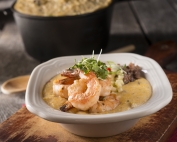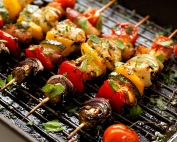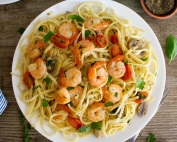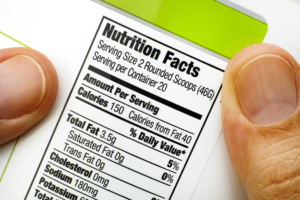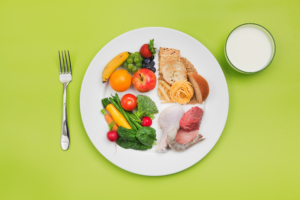Nutrition
What you eat takes on a whole new meaning when you have kidney disease. This section will help you understand what to eat and what to avoid or minimize as you plan your meals. You can explore creative ways to limit your fluid intake and have fun trying new recipes.
Contents:
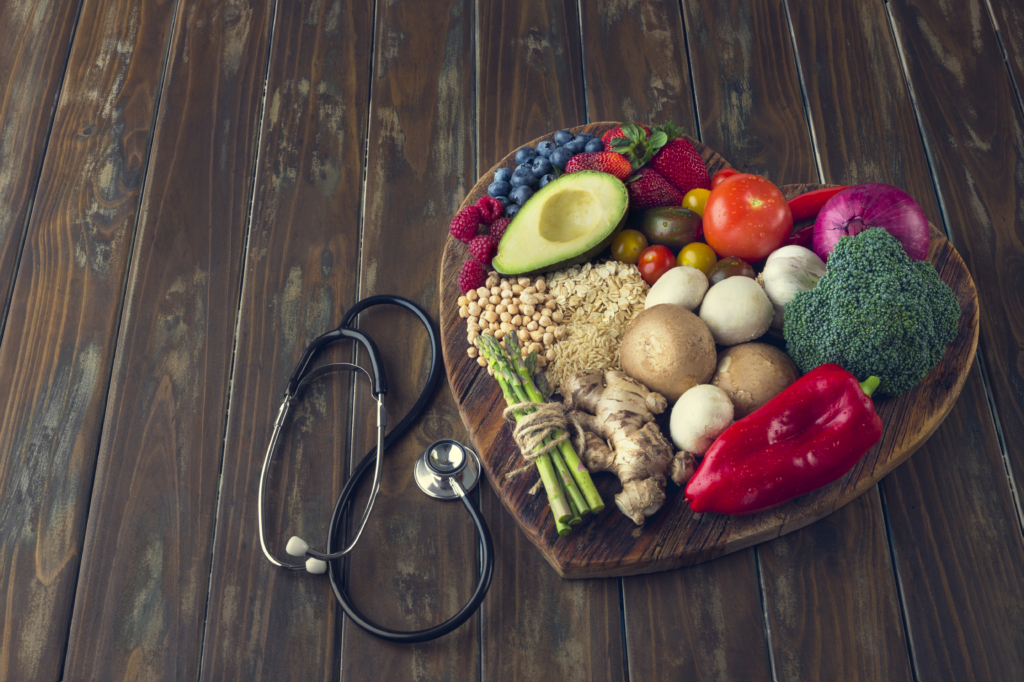 The Centers for Disease Control and Prevention’s data shows that more than 35% of people aged 20 or older with diabetes have CKD. The leading risk factor for type 2 Diabetes, which may lead to CKD, is being overweight. Both of these illnesses can be difficult to manage alone, but can create even more stress when you have to manage both. Many Americans suffer from both conditions though and according to the End-Stage Renal Disease Incident and Prevalent Quarterly Update, approximately 37% of patients with ESRD have diabetes.
The Centers for Disease Control and Prevention’s data shows that more than 35% of people aged 20 or older with diabetes have CKD. The leading risk factor for type 2 Diabetes, which may lead to CKD, is being overweight. Both of these illnesses can be difficult to manage alone, but can create even more stress when you have to manage both. Many Americans suffer from both conditions though and according to the End-Stage Renal Disease Incident and Prevalent Quarterly Update, approximately 37% of patients with ESRD have diabetes.
Diet becomes even more important for patients with both conditions. You will need to pay more attention to the amount of carbohydrates (sugars) that you eat. Carbohydrates can be found in many foods such as fruits, milk, breads, desserts and many drinks. Sodium remains important for both CKD and diabetic patients. Keeping your diet lower in sodium helps to lower blood pressure and reduce fluid retention. Protein is another nutrient that has enhanced importance and too much protein can be harmful for diabetic patients. It is important to talk to your dietician and nephrologist to determine the levels appropriate for your care. Another major change from only a kidney friendly diet is emphasis on eating on a routine and balancing out your meals and snacks.
Peritoneal dialysis patients that also are diabetic need to be extra careful with their sugar levels, because dialysate solutions used to clean the body are normally sugar based solutions. Your care team will help determine what solution is best for you and help you adjust your diet to account for the extra sugar in the dialysate. Your care team should be aware of your status as a diabetes patient, however be proactive and make sure your dialysis care team is aware of your condition.
The following are examples of foods and drinks that are can be exchanged and are good for both diets:
Fruits
- Good alternatives: Berries, grapes, cherries, apples, plums
- Avoid: Cantaloupe, mangos, kiwi, oranges, pomegranate
Vegetables
- Good Alternatives: Cauliflower, onions, asparagus, eggplant, turnips
- Avoid: Okra, spinach, potatoes, artichokes, tomatoes
High Protein Sources
- Good Alternatives: Lean meats (poultry, fish), eggs, unsalted seafood
- Avoid: Bacon, hotdogs, lunch meats, pepperoni, nuts
Drinks (remember your fluid restrictions)
- Good Alternatives: Water, clear diet sodas, crystal light, unsweetened tea
- Avoid: Dark sodas, beer, sugary drinks such as Hawaiian Punch or Sunny Delight, Sweet tea or lemonade
Starches
- Good Alternatives: White bread, bagel, sandwich bun, unsalted crackers, pasta
- Avoid: Whole wheat or whole grain breads, sugar coated cereal, pancake and biscuit mix, potato chips
Other items to watch out for are condiments such as ketchup or soy sauce and overly sweet items such as candy or cakes. Your health care team may recommend that you follow a meal plan to help manage your dietary needs. A meal plan or a food journal are powerful tools that allow you to track exactly what and when you are eating. Two methods recommended by dieticians are:
- The Exchange Method: A personal meal plan is developed with the help of your renal dietitian. You can make a serving exchange from a list of foods that have about the same nutritional value. Your dietitian or a certified diabetes educator can help you tailor a plan that works for you. An example of this is exchanging out whole wheat bread for white bread to reduce the amount of phosphorus in your meal.
- Carbohydrate Counting: This involves planning meals based on the total number of grams of carbohydrates you eat for that meal. You must be willing to keep track of the foods you eat and the carbohydrates you’ve been allowed. Reading and understanding food labels is very important and can help you manage this process. The more advanced your plan or journal is will make a big difference. If you keep a journal with the foods you eat, amount and how you feel throughout the day, it can help your dietician make even more informed choices and give you the best advice possible.
Putting together a meal plan that meets the needs of both dialysis and diabetes may seem difficult. Remember, your team is ready to help you every step of the way.
Check out our food substitutions guide for a list of ideas about kidney-friendly dishes you can make when cooking at home or order when dining out.

